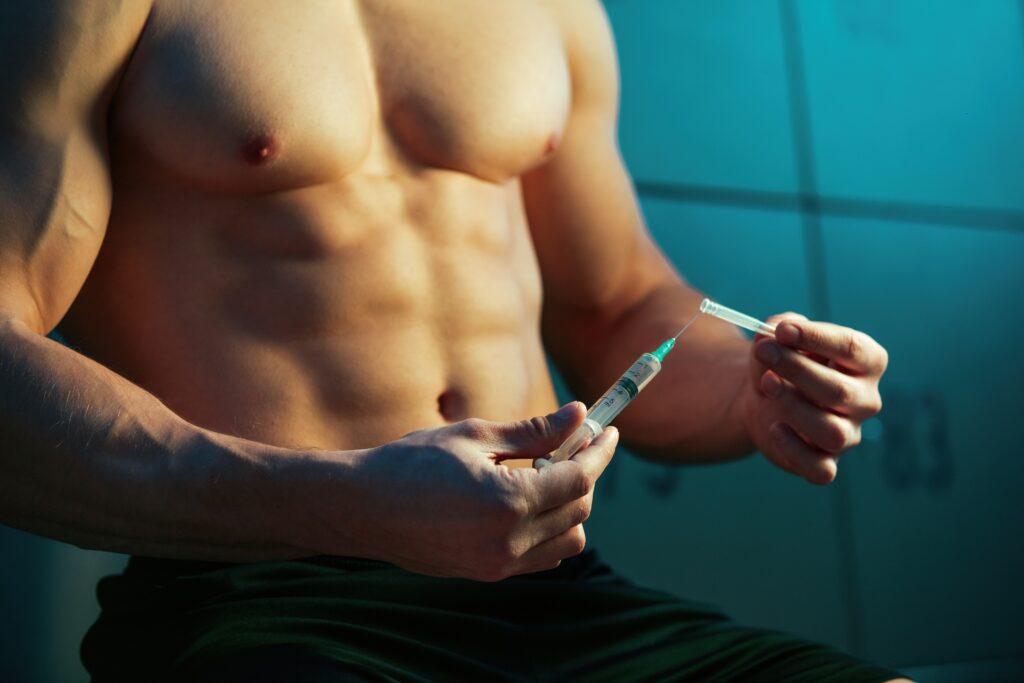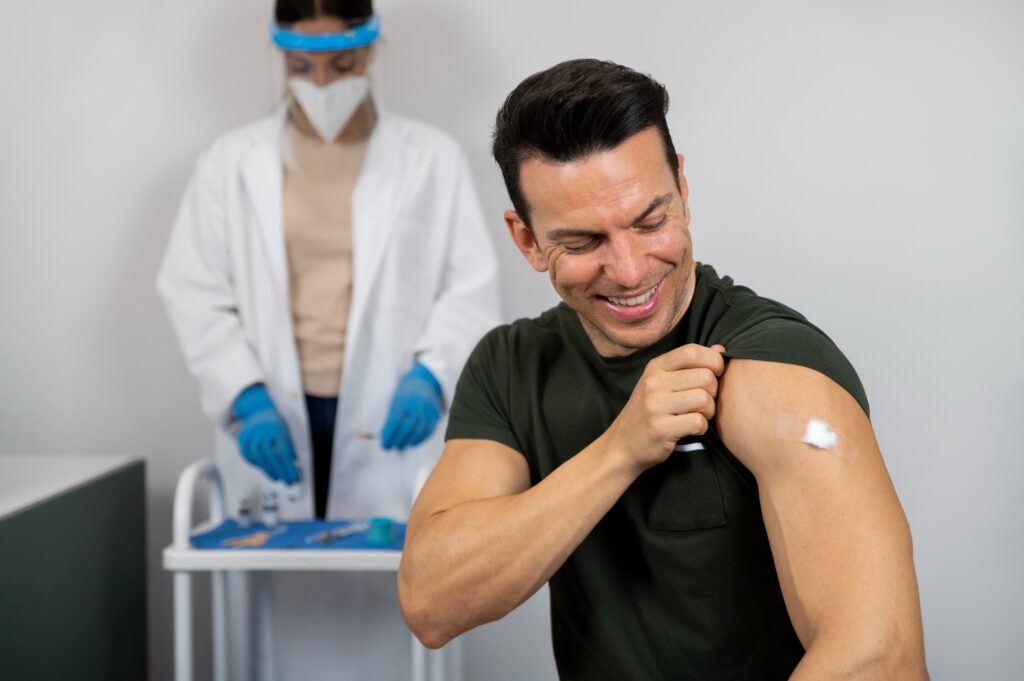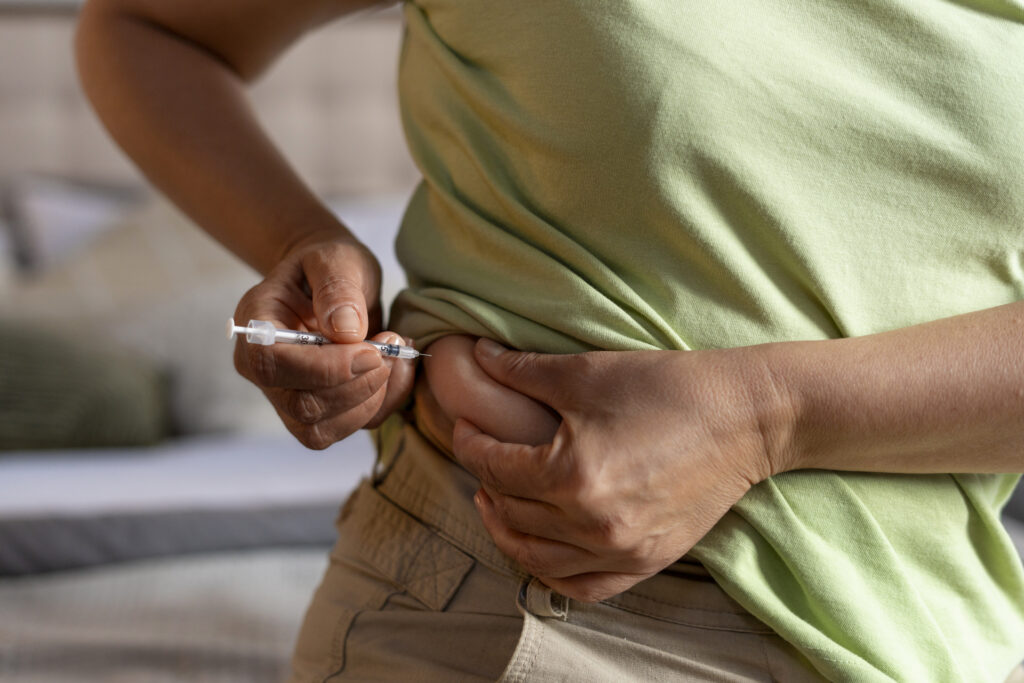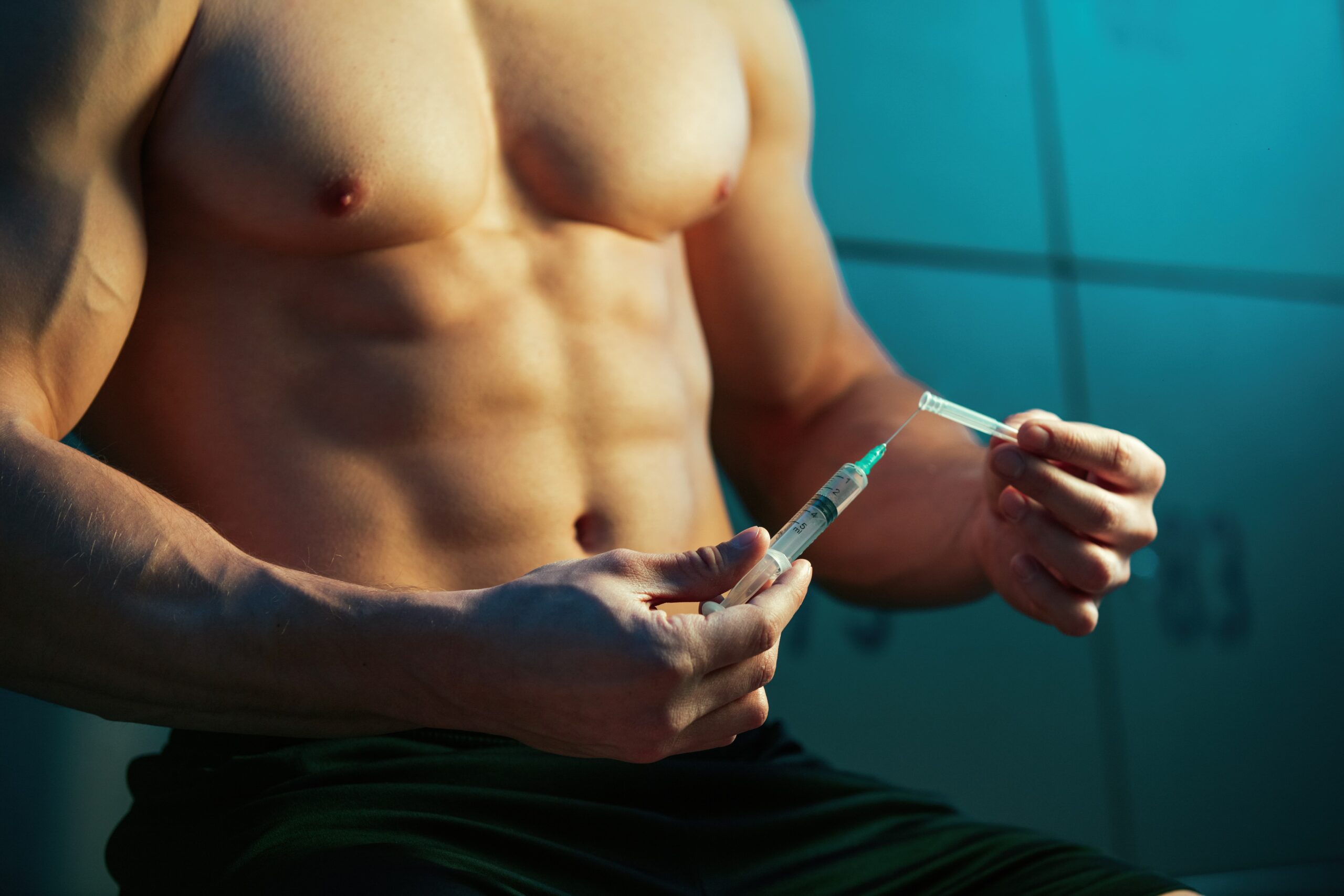Human Growth Hormone (HGH) plays a critical role in growth, metabolism, and tissue repair. When the body fails to produce enough of it a condition known as growth hormone deficiency (GHD) the effects can be profound and differ significantly between children and adults.
Though HGH therapy is a well-established treatment for GHD, it has also gained attention for its off-label use in anti-aging and sports enhancement. This article breaks down the key facts: symptoms of HGH deficiency, how it’s diagnosed, therapy costs, and concerns about long-term use, including risks of diabetes and cancer.
What Are the Symptoms of HGH Deficiency?

In Children:
Growth hormone is essential for childhood development. A child with GHD may experience:
- Slow growth or unusually short stature
- Delayed puberty
- Chubby face and increased fat around the waist
- Immature appearance for their age
- Poor hair and nail growth
- Late tooth eruption
These signs may be misinterpreted as hereditary short stature or other conditions, which is why professional evaluation is critical.
In Adults:
In adults, GHD is harder to detect and often confused with other conditions. Typical symptoms include:
- Chronic fatigue and low energy
- Loss of muscle mass and strength
- Excess fat, especially abdominal
- Low mood or depression
- Cognitive issues, memory loss or poor focus
- Dry, thinning skin
- Sensitivity to cold or heat
If you experience several of these symptoms, especially after a head injury or brain surgery, a hormone evaluation may be needed.
How Is HGH Deficiency Diagnosed?
Because HGH is secreted in pulses and varies throughout the day, simple blood tests often aren’t enough.
The diagnostic process usually includes:
- Medical History & Physical Exam: For children, growth charts and development milestones are reviewed. For adults, a symptom history and risk factor check are essential.
- IGF-1 Testing: This blood test measures Insulin-like Growth Factor 1, a reliable indicator of HGH activity.
- Stimulation Tests: Medications like insulin or arginine are used to trigger GH production. If levels don’t rise, deficiency is confirmed.
- Brain Imaging: An MRI may be used to rule out pituitary or hypothalamic abnormalities.
Early diagnosis improves treatment outcomes, especially in children during their growth window.
HGH Therapy: How Much Does It Cost?
Growth hormone therapy involves regular subcutaneous injections of somatropin, a lab-made version of HGH.
Costs vary based on:
- Dosage and treatment duration
- Brand (e.g., Norditropin, Genotropin, Humatrope)
- Country and availability
- Insurance coverage
Typical costs range from $500 to $3,000/month. In some pediatric cases, treatment may span several years. For adults with lifelong GHD, therapy may be continuous.
In countries like the U.S., insurance may cover therapy for proven deficiency. In countries with public healthcare, partial or full coverage is sometimes available.
Long-Term Benefits and Side Effects of HGH Therapy
When medically supervised, HGH therapy can offer impressive benefits:
- Children: Enhanced growth and development
- Adults: Increased muscle, better bone density, improved mood and energy, reduced fat, and possibly better cardiovascular health
But long-term use can also bring side effects, such as:
- Joint and muscle pain
- Fluid retention and swelling (edema)
- Carpal tunnel syndrome
- Insulin resistance
Proper dose adjustment and regular lab monitoring help reduce risks. However, when used off-label—for aesthetics or athletic performance risks increase significantly.
Does HGH Increase Cancer Risk?

This is a key concern among patients and doctors alike. Since HGH promotes cell growth and regeneration, there is a theoretical risk that it could accelerate cancer cell development.
Current findings:
- Some studies suggest a slightly increased risk in long-term users, especially if therapy started in childhood.
- However, evidence is inconclusive, and most findings support safe use under medical supervision.
- People with a history of cancer are advised against HGH therapy unless involved in a monitored clinical trial.
Can HGH Raise Your Diabetes Risk?
Yes, HGH can affect glucose metabolism.
HGH may:
- Lower insulin sensitivity
- Raise fasting blood sugar
- Trigger or worsen Type 2 diabetes in predisposed individuals
This is particularly important for overweight adults or those with metabolic syndrome. Endocrinologists typically monitor:
- Fasting glucose and HbA1c
- Weight and body composition
- Insulin response
Paired with lifestyle changes, therapy can remain safe and effective.
Growth hormone deficiency can significantly impair physical, mental, and metabolic health. Thankfully, with proper diagnosis and guided therapy, many people experience a remarkable improvement in quality of life.
Yet, HGH treatment isn’t a silver bullet. It comes with real costs and risks, especially when used off-label. Medical supervision, lifestyle management, and ongoing hormone testing are essential to ensure its safety and effectiveness.
Quick FAQ: What You Need to Know

❓ Can HGH Reverse Aging?
No. While it may boost skin tone or energy, HGH doesn’t reverse aging. Long-term use without a medical need may cause more harm than good.
❓ Is HGH Safe for Athletes?
No. HGH is banned in competitive sports due to its health risks and unfair advantage. Side effects like hormonal imbalance and joint pain are common.
❓ How Soon Do Children Respond to HGH Therapy?
Children with GHD usually grow 2–4 inches more than expected in the first year. Visible results often appear within 3–6 months.
❓ Can HGH Therapy Be Stopped Abruptly?
Not recommended. Stopping suddenly can cause fatigue, weakness, and hormonal imbalance. Tapering under medical supervision is advised.

